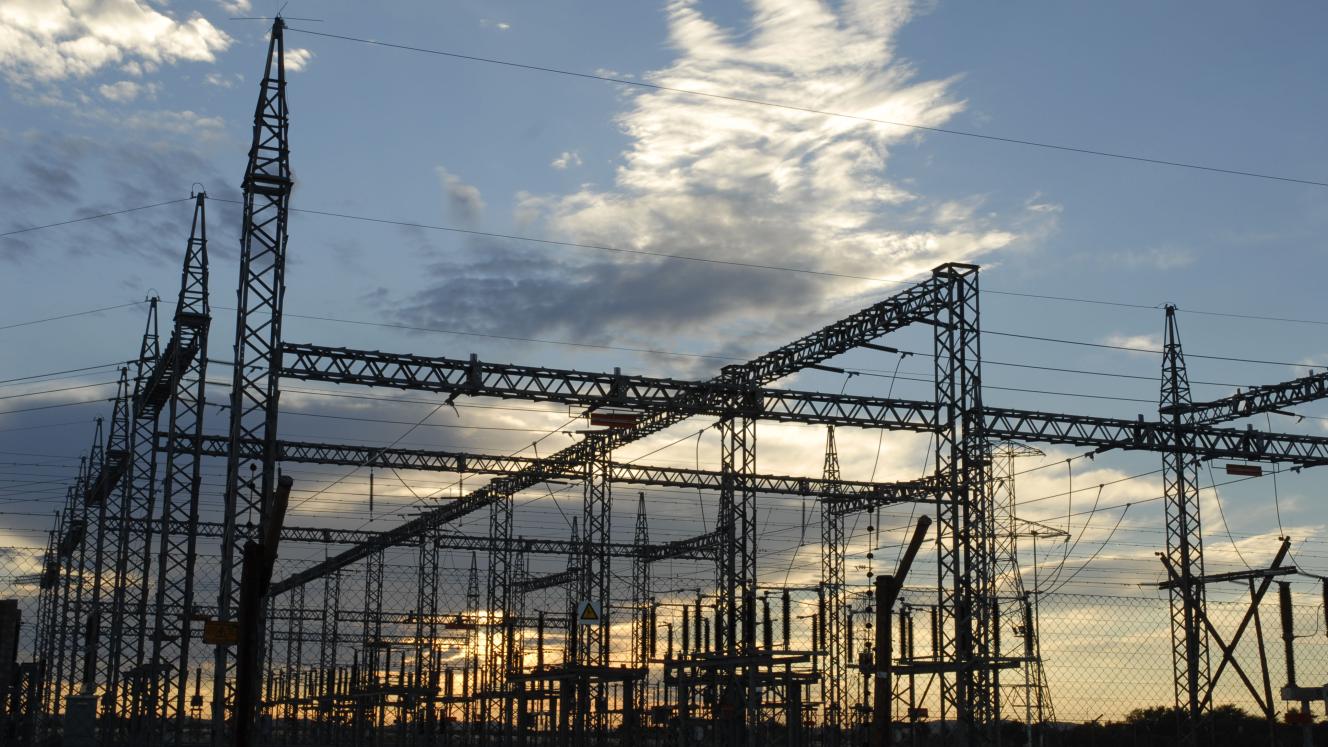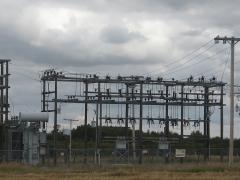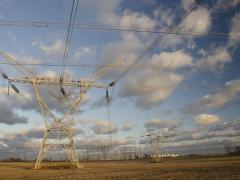While Eskom has long been the backbone of South Africa’s electricity supply industry, concentrating risk in a single institution has become one of the country’s greatest vulnerabilities.
This is a warning from Wikus Kruger, Director of the University of Cape Town’s Graduate School of Business Power Futures Lab, addressing Parliament’s Portfolio Committee on Electricity and Energy during last week’s two-day stakeholder engagements.
“This over-reliance has meant that, whenever Eskom falters through plant breakdowns, financial distress or governance failures, the entire country pays a price. Reform is not about abandoning Eskom but about diversifying risk and widening participation in generation and supply,” he said.
Independent grid essential for reform
Kruger said unbundling is critical to strengthen the power system by protecting the grid and ensuring fair access for all generators. At present, Eskom generates electricity and owns the transmission grid — an inherent conflict of interest, he argued.
Kruger called for the National Transmission Company South Africa (NTCSA) to be established as a fully independent entity outside Eskom Holdings with all transmission assets, including the grid access unit, transferred directly to it.
“Only then can the NTCSA restore its investment grade and access low-cost capital for large-scale grid expansion. If it remains tied to Eskom’s balance sheet, it will inherit Eskom’s credit constraints, delaying grid build-out and raising costs.”
Grid capacity constraints are now the single biggest barrier to renewable energy investment, Kruger highlighted. Eskom’s interim allocation rules have created uncertainty and long queues for developers.
He welcomed the National Energy Regulator of South Africa (NERSA) draft grid allocation rules as a step towards greater transparency, urging Parliament to finalise and enforce them quickly. According to Kruger, Eskom cannot finance or deliver the 14 000 km of transmission lines and 170 transformers needed over the next decade. With much of the coal fleet set to be decommissioned, private-sector co-investment is essential.
“Globally, reforms that create clarity and credible institutions unlock private capital flows at scale but investment only comes if rules are fair, the regulator is strong and the grid is accessible,” Kruger said. “Without this, we remain trapped in crisis management.”
Regulatory and municipal reform
Although NERSA has received sweeping new responsibilities under the Electricity Regulation Amendment Act, it lacks the systems, skills and governance culture to implement them effectively, Kruger cautioned. NERSA’s role includes licensing operators and traders, approving tariffs, ensuring non-discriminatory grid access and enforcing penalties.
“Without a credible, independent regulator, no amount of policy reform will translate into investment or lower costs for South Africans,” Kruger warned.
He also identified municipalities as a structural weakness in the electricity system with arrears to Eskom projected to exceed R100 billion this year.
“The municipal revenue model is structurally unsustainable. It’s not just about poor revenue collection but also mismanagement and lack of technical and managerial capacity. Funds meant for Eskom are often diverted.”
The National Energy Crisis Committee’s reform roadmap proposes flexible solutions including private-sector participation in billing, metering and concessions to address municipal challenges.













